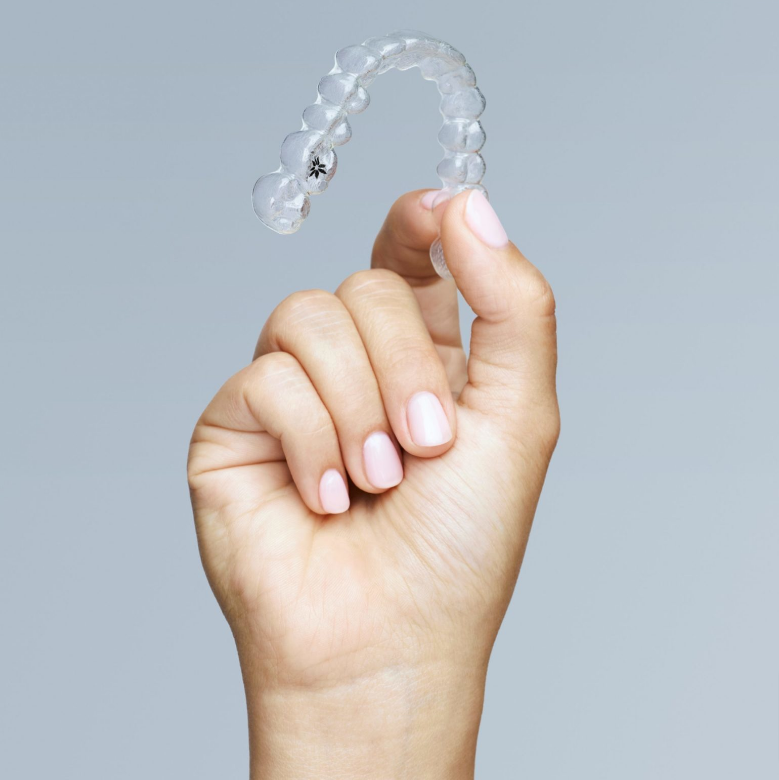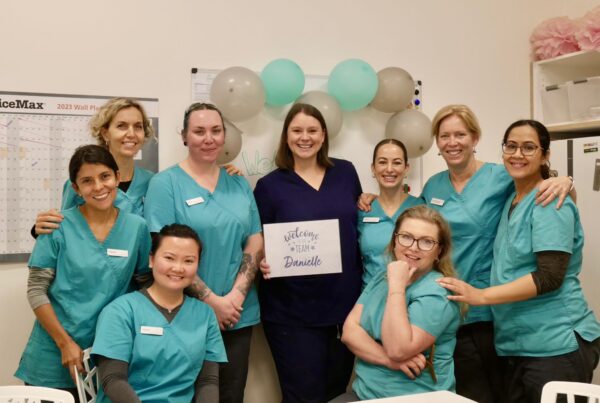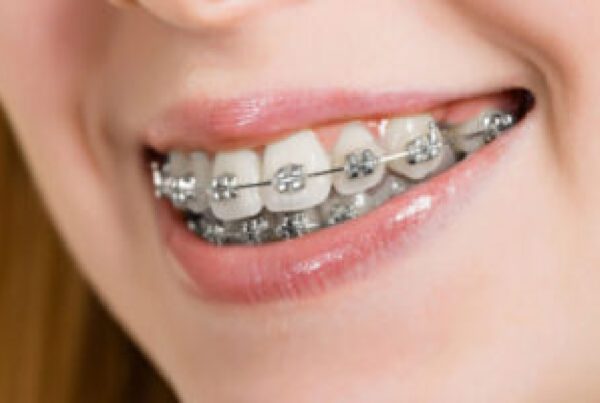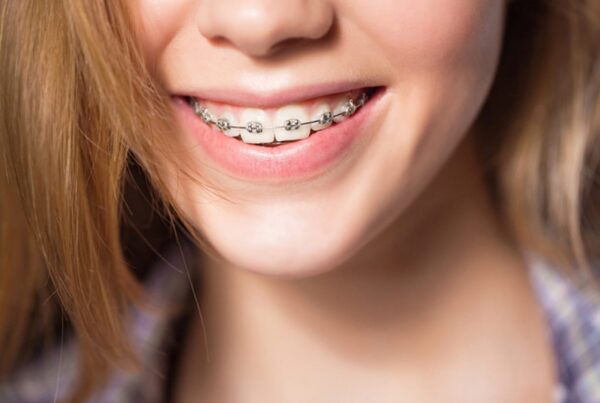
Are you planning orthodontic treatment, for yourself or your child? If so, you’ve probably heard about Invisalign, and perhaps you have some questions.
What is Invisalign?
Unlike traditional braces, the Invisalign system uses a series of clear mouthguard-like templates (known as aligners), which are almost invisible. You must wear the aligners — with rubber bands if prescribed — for 22 hours per day and change them every one to two weeks.

Starting treatment
Your orthodontist uses proprietary software to develop a treatment plan. The process, which includes scanning and aligner fabrication, takes between four to six weeks.
Fitting
The fitting of your aligners happens in two stages. At your first appointment, your orthodontist fits the aligners. One week later, she/he bonds attachments and/or buttons to your teeth.
Dental monitoring
Dental monitoring is a smartphone-based system that allows your orthodontist to receive live feedback with regular notifications on your treatment. So, by using a phone, you can capture the movements of your teeth in real-time and communicate that information directly with your orthodontist. You receive live updates and advice, and, if necessary, you can replay your treatment.
A key benefit of dental monitoring is that it means fewer office appointments are necessary to keep you on track — dental monitoring has been critical for enabling us to continue our patients’ treatment during this time of self-isolations and COVID lockdowns.
Benefits of Invisalign
There are many good reasons for choosing Invisalign. Here are the main points:
- They look good: The clear aligners are almost invisible, and people might not even realise you are wearing them.
- You can eat what you want: There are no wires or brackets to break, so there’s no need to avoid foods like nuts or potato chips.
- Cleaning is easy: Because there are no wires or brackets, flossing and brushing is not a problem.
- Fewer appointments are required: As already mentioned, dental monitoring allows your orthodontist to oversee your treatment via a smartphone app. Consequently, you only need to see your orthodontist every 12 weeks.
Is Invisalign suitable for everyone?
There are some situations where Invisalign isn’t the most effective treatment. Here are some examples:
- Severe overbites: You may require fixed braces or a combination of fixed and Invisalign.
- Unusual shapes or positions: Invisalign may not work if you have short or pegged teeth or if your teeth are too rotated.
- Large gaps: Invisalign can correct small gaps; however, large gaps may require fixed braces.
- Extrusion & Intrusion Invisalign isn’t effective for lowering or raising the position of teeth.
Any more questions?
Hopefully, we have answered your questions about Invisalign in this post. However, if you would like more information, please get in touch.
Did you enjoy this post? If so, please share.



